Optimal Timing for Foundation Repairs
Foundation repairs are essential for maintaining structural integrity and preventing further damage. The timing of repairs can impact their effectiveness and longevity. Understanding the optimal periods for addressing foundation issues can help homeowners and property managers plan accordingly.
Spring offers moderate temperatures and stable moisture levels, making it an ideal time for foundation work. Soil tends to be less saturated, reducing the risk of complications during repairs.
Summer provides longer daylight hours and warmer weather, which can facilitate construction activities. However, high temperatures and dry soil conditions may pose challenges for certain repair methods.
Fall is suitable for foundation repairs due to cooler temperatures and increased moisture levels. Soil conditions are often optimal for excavation and underpinning work.
Winter is generally less favorable for foundation repairs because freezing temperatures and frozen ground complicate excavation and foundation stabilization. Repairs may be delayed until conditions improve.
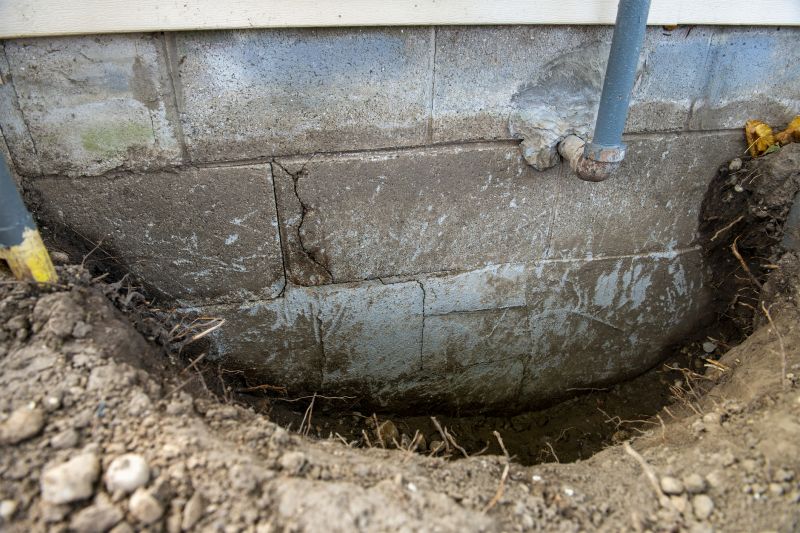
A professional assessment during spring can identify early signs of damage after winter freeze-thaw cycles.

Summer's warm weather supports efficient foundation stabilization projects.
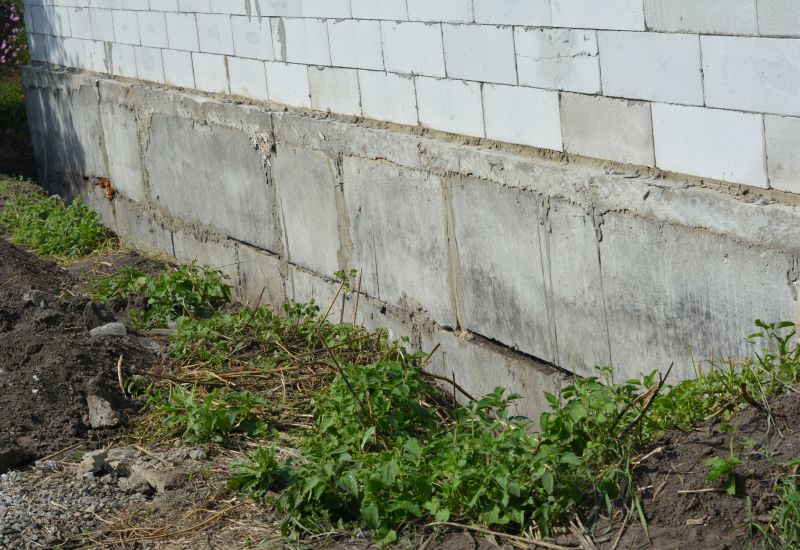
Fall is an optimal time for foundation underpinning and soil stabilization.
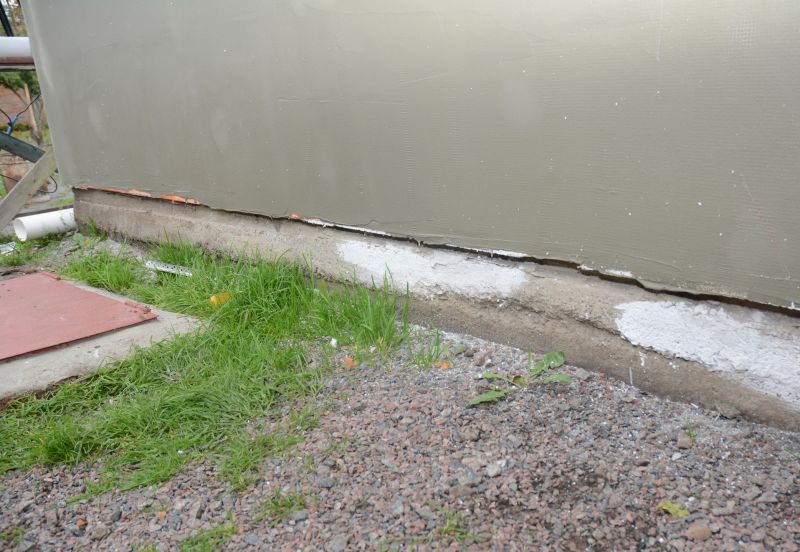
Ways to make Foundation Repairs work in tight or awkward layouts.
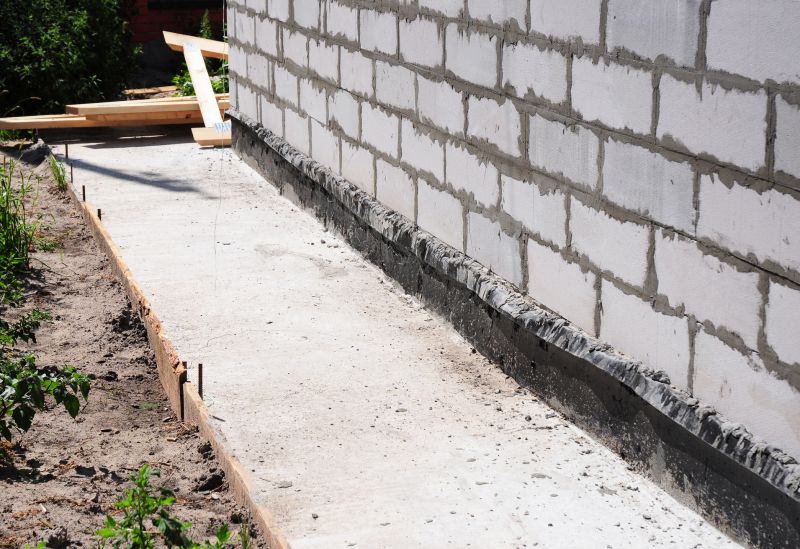
Popular materials for Foundation Repairs and why they hold up over time.
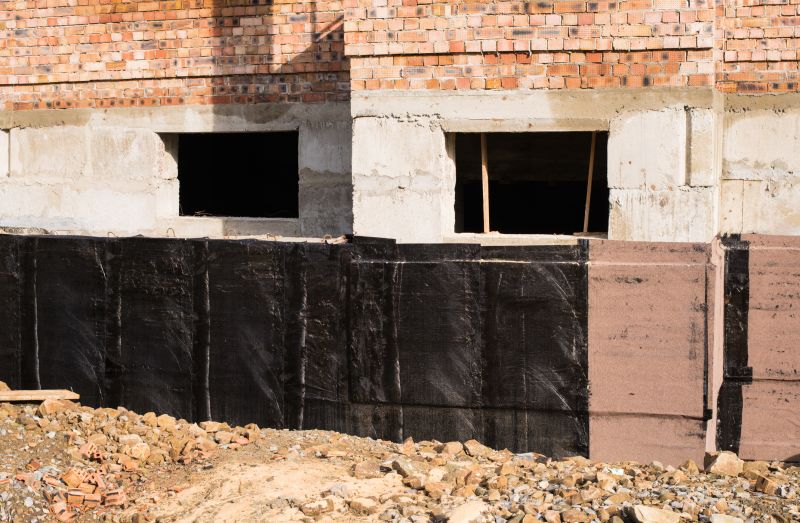
Simple add-ons that improve Foundation Repairs without blowing the budget.
| Season | Ideal Conditions |
|---|---|
| Spring | Moderate temperatures, stable moisture, less saturated soil |
| Summer | Longer days, warmer weather, potential dry soil issues |
| Fall | Cooler temperatures, increased moisture, optimal soil conditions |
| Winter | Freezing temperatures, frozen ground, limited repair options |
Foundation repairs address issues such as settling, cracking, and shifting that can compromise the safety and stability of a property. These repairs often involve underpinning, piering, or soil stabilization techniques. Timely intervention can prevent costly damages and extend the lifespan of the structure.
Statistics indicate that addressing foundation issues early can reduce repair costs by up to 50 percent. Regular inspections and maintenance are recommended to detect signs of movement or damage before they become severe. Soil conditions, weather patterns, and construction history influence the best timing for repairs.
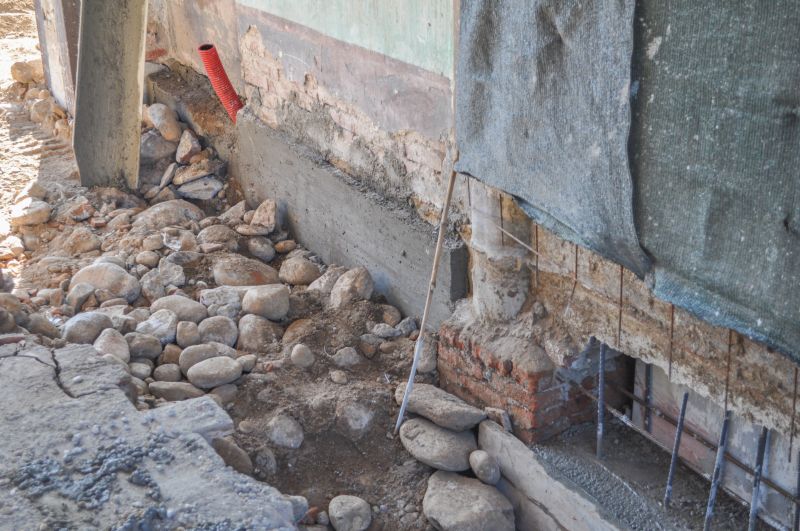
A detailed view of underpinning and piering techniques used in foundation stabilization.
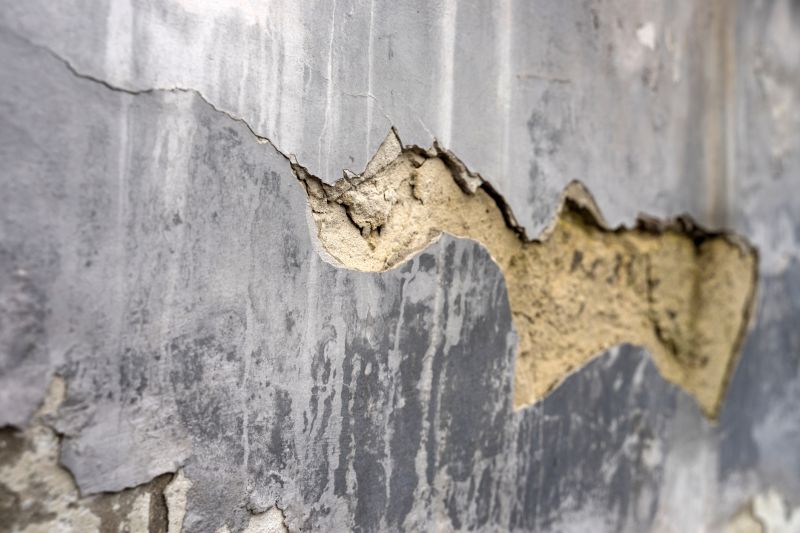
Images showing before and after foundation crack repairs.
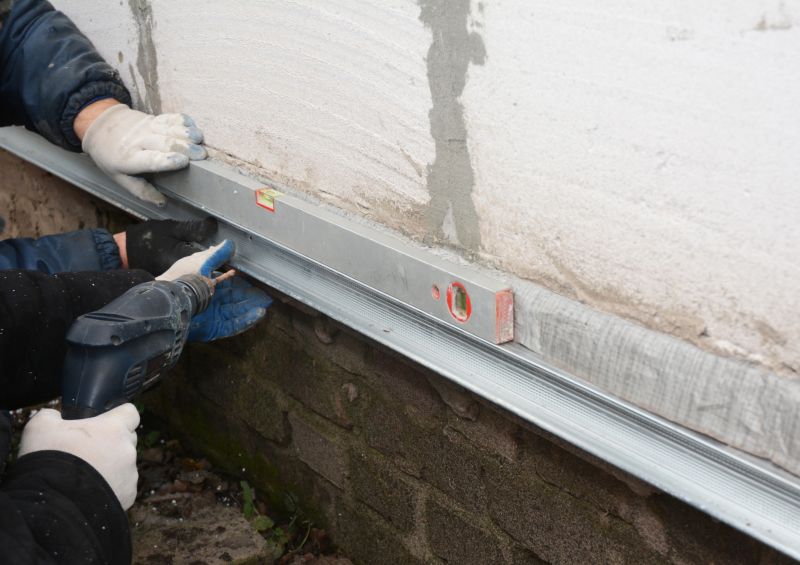
Soil injection and stabilization methods to prevent future movement.

Professional assessment of foundation health and damage.

High-end options that actually feel worth it for Foundation Repairs.
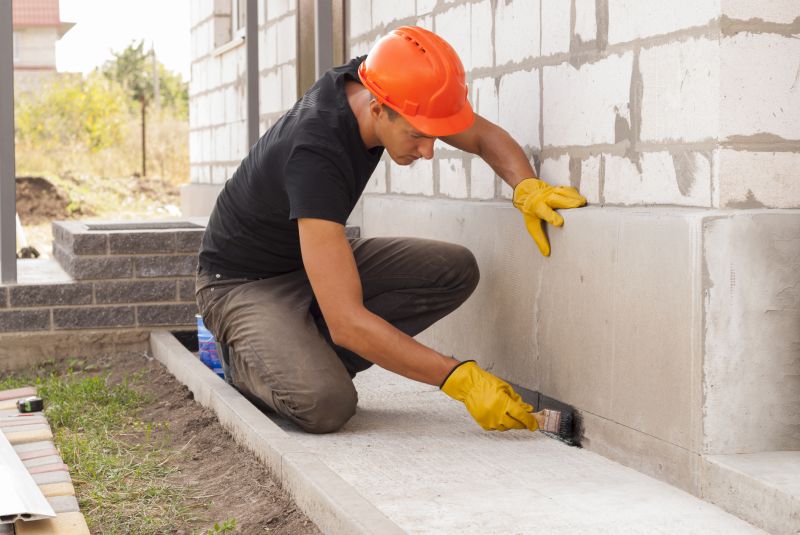
Finishes and colors that play nicely with Foundation Repairs.
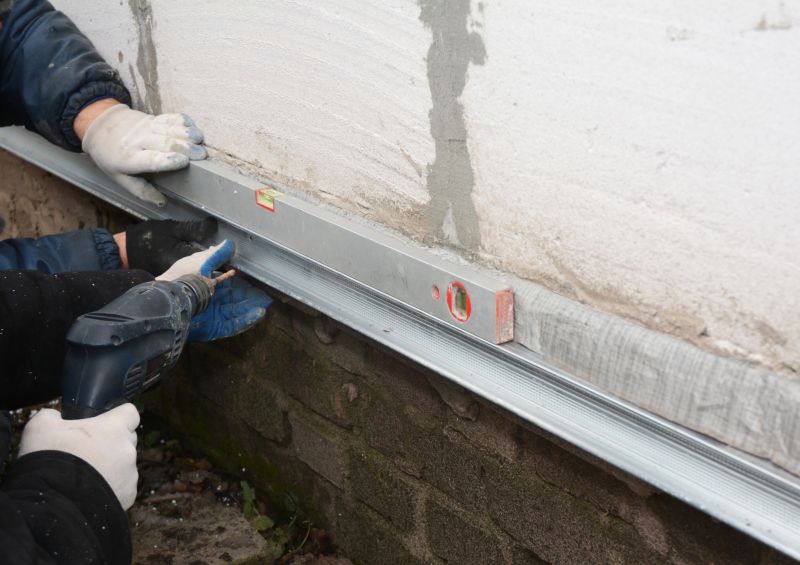
Little measurements that prevent headaches on Foundation Repairs day.

A 60-second routine that keeps Foundation Repairs looking new.
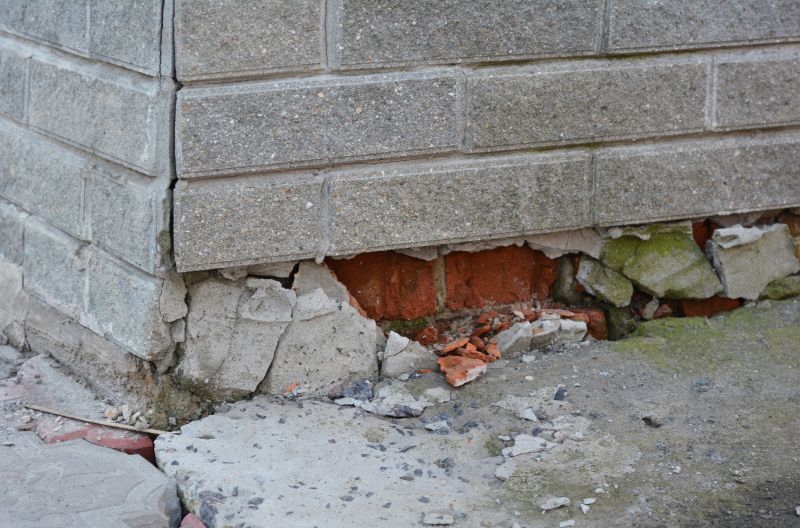
A frequent mistake in Foundation Repairs and how to dodge it.
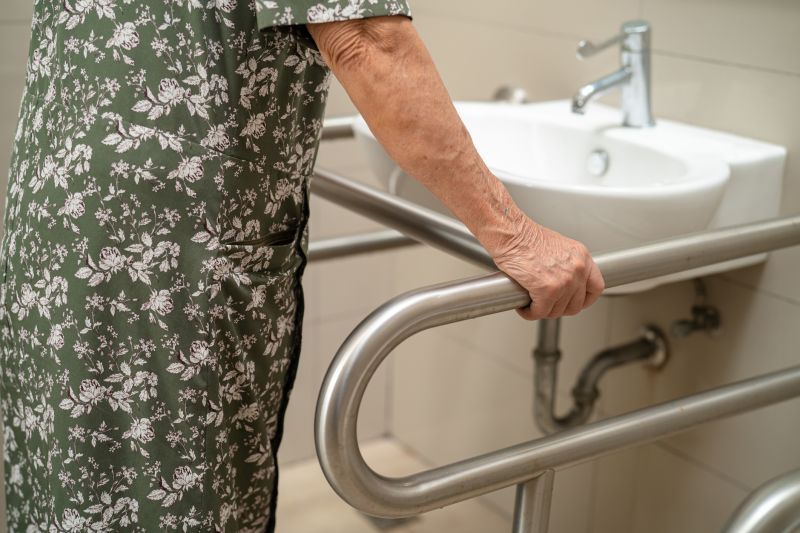
Small tweaks to make Foundation Repairs safer and easier to use.
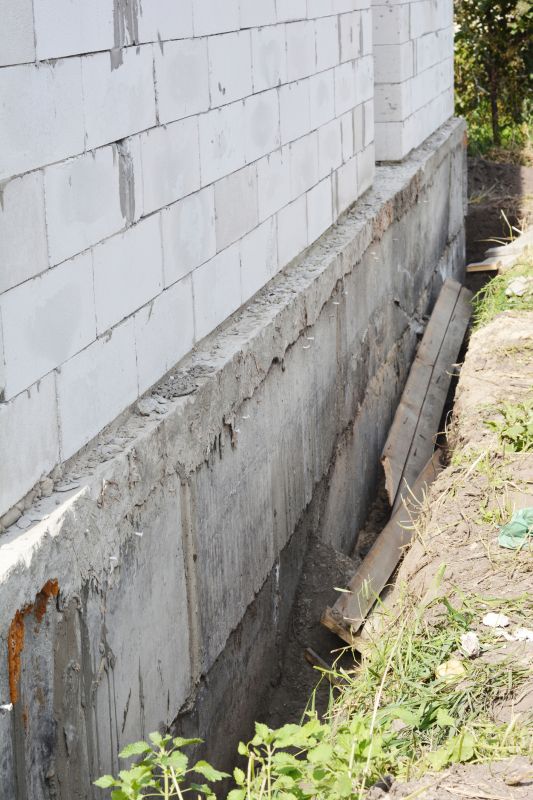
Lower-waste or water-saving choices for Foundation Repairs.

The short, realistic tool list for quality Foundation Repairs.
For property owners considering foundation repairs, timing is a crucial factor. Consulting with foundation specialists can help determine the most suitable period based on local climate and soil conditions. Proper planning ensures the durability and effectiveness of the repair work.
Interested property owners in Clarksville, TN, can contact professionals to schedule inspections and discuss repair options. Early action can mitigate further damage and preserve structural integrity.




